Introduction
Floods are among the most common and devastating natural disasters, causing billions of dollars in damage each year. Yet, many homeowners and renters are unaware that their standard insurance policies do not cover flood-related losses. This is where flood insurance comes into play – a crucial safeguard that can protect your home, belongings, and financial well-being in the event of a flood.
In this article, we’ll delve into the world of flood insurance, exploring why it’s essential, who needs it, how it works, and how to obtain coverage. Whether you’re a homeowner, business owner, or renter, this article will equip you with the knowledge to make an informed decision about investing in this vital form of protection.
What is Flood Insurance
Flood insurance is a specialized type of coverage that protects policyholders from the financial consequences of flooding. Unlike standard homeowner’s or renter’s insurance, flood insurance is designed to cover damages and losses caused by rising water, storm surges, and other water-related events. This includes coverage for the structure of your home, as well as the contents within it.
Why Do I Need Flood Insurance?
Floods can happen anywhere, not just in designated high-risk areas. Even a few inches of floodwater can cause thousands of dollars in damage, making flood insurance a wise investment for homeowners, business owners, and renters alike.
Flood Insurance vs. Homeowner's Insurance
It’s important to understand that standard homeowner’s insurance and renter’s insurance policies do not cover flood-related damages. These policies typically exclude coverage for floods, leaving policyholders vulnerable to the financial consequences of this type of disaster. Flood insurance, as an endorsement on a homeowner’s insurance policy, specifically addresses flood-related losses, providing much-needed protection.
Flood Insurance Coverage
What does flood insurance cover?
Flood insurance policies can provide coverage for both the structure of your home or business, as well as the contents within. Structural coverage can help pay for repairs or replacement of the building itself, including the foundation, walls, and roof. Contents coverage, on the other hand, protects your personal belongings, such as furniture, electronics, and appliances.
Flood Zones and Flood Maps
Flood risk assessment varies among insurance companies, and there is no standardized national flood map for Canada yet, although federal efforts are ongoing. Each insurance company has its own method of assessing flood risk. One insurer may consider that you live in a flood zone while another will say you live outside of a flood-risk area.
Assessing Your Flood Risk
To assess your flood risk, you can consult local resources and municipal flood maps, which provide detailed information about flood hazards in your area. Additionally, your insurance broker can help you understand your specific flood risk and the coverage options available to you.
How to Buy Flood Insurance
Flood insurance is purchased as an endorsement or add-on to your homeowner’s policy. You’ll need to contact your insurance broker to find out if your property is eligible for flood coverage and who can give you a quote on the additional protection.
When purchasing flood insurance, you’ll need to provide information about your property, such as its location, size, and construction details. You’ll also need to decide on the coverage limits and deductibles that best fit your needs and budget.
Protecting Your Home and Finances
The Importance of Flood Insurance
Investing in flood insurance is a crucial step in safeguarding your home, belongings, and financial well-being. Even a small amount of floodwater can cause significant damage, with the average claim amounting to over $50,000. Without flood insurance, these costs would have to be covered out-of-pocket, potentially depleting your savings and leaving you vulnerable to long-term financial hardship.
Preparing for the Future
As the effects of climate change continue to unfold, the frequency and intensity of flooding events are expected to increase. By proactively purchasing flood insurance, you can protect your home and loved ones from the devastating consequences of these natural disasters, ensuring that you have the resources to recover and rebuild in the event of a flood.
Conclusion
Flood insurance is a vital form of protection that should not be overlooked and investing in this coverage can provide invaluable peace of mind and financial security. By understanding the ins and outs of flood insurance, you can make an informed decision about the best way to safeguard your home, business, and personal belongings from the devastating impact of floods.
At McLean & Dickey Insurance, we are committed to helping our clients navigate the world of flood insurance and find the coverage that best meets their needs. Our experienced team of insurance brokers can provide personalized guidance, answer your questions, and assist you in securing a policy that offers the protection you deserve. Contact us today to learn more about how flood insurance can safeguard your future.




